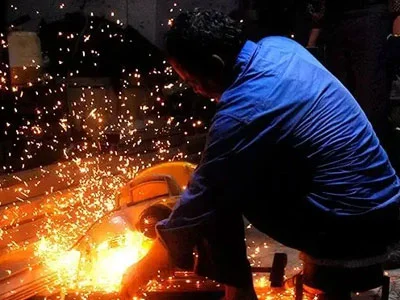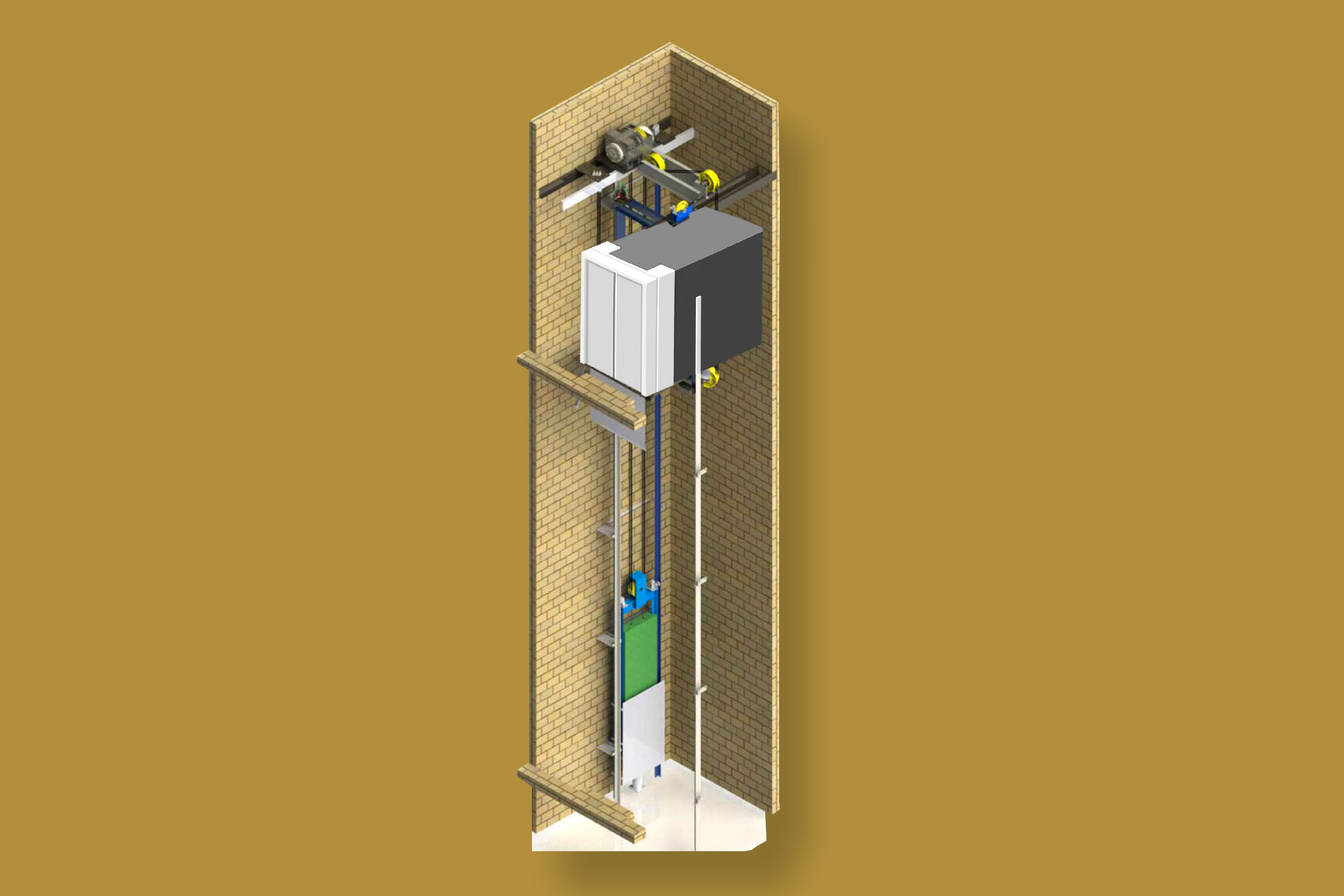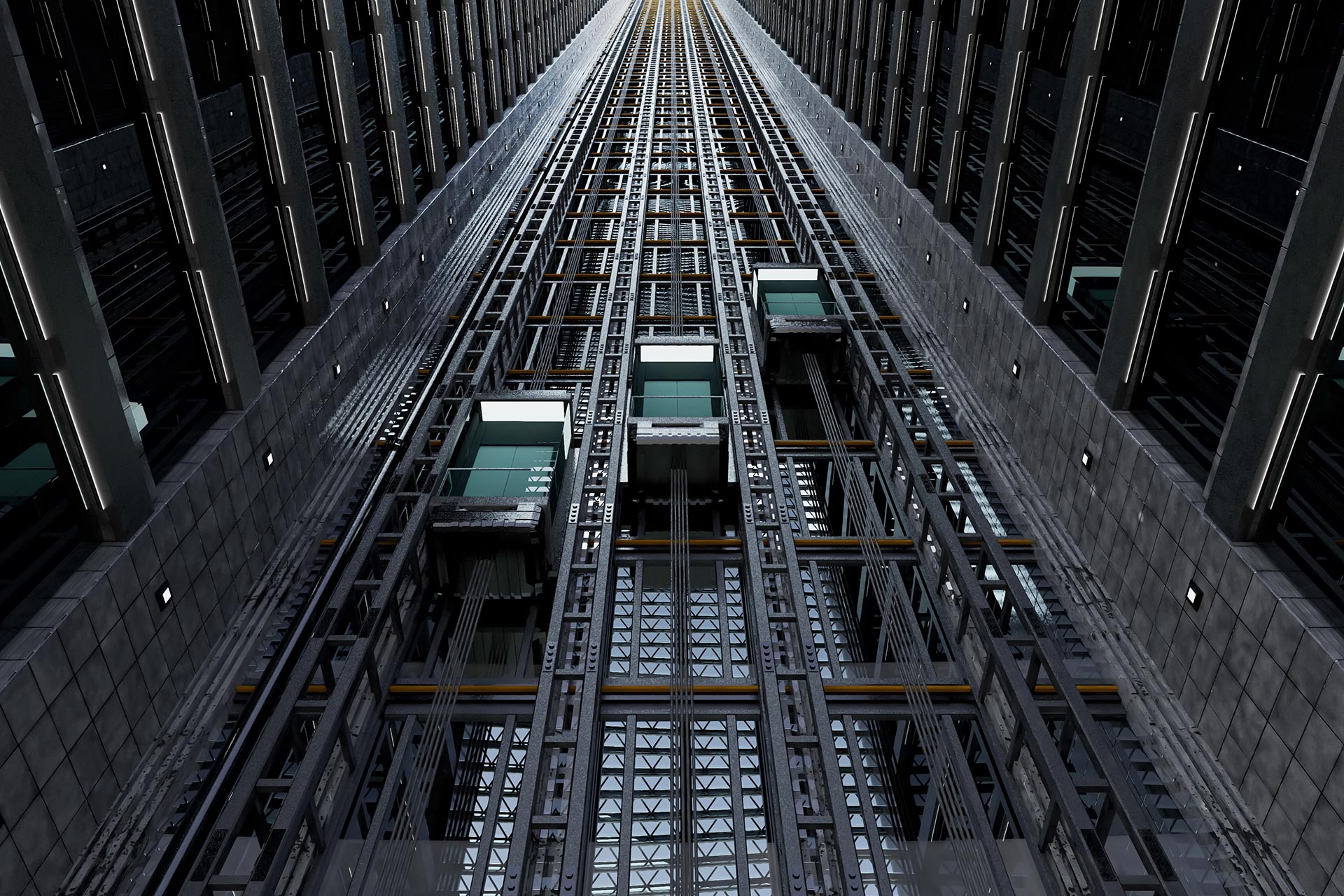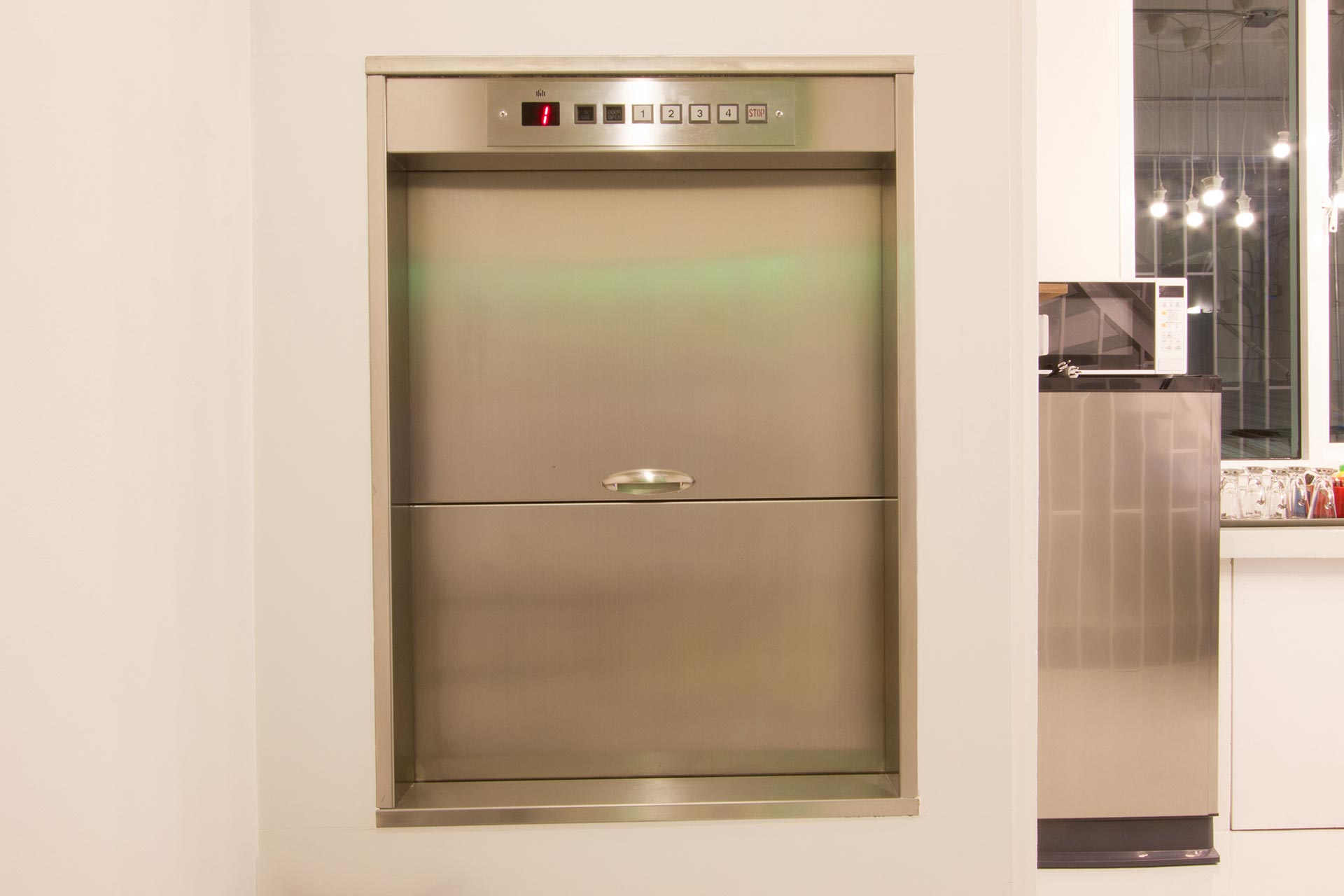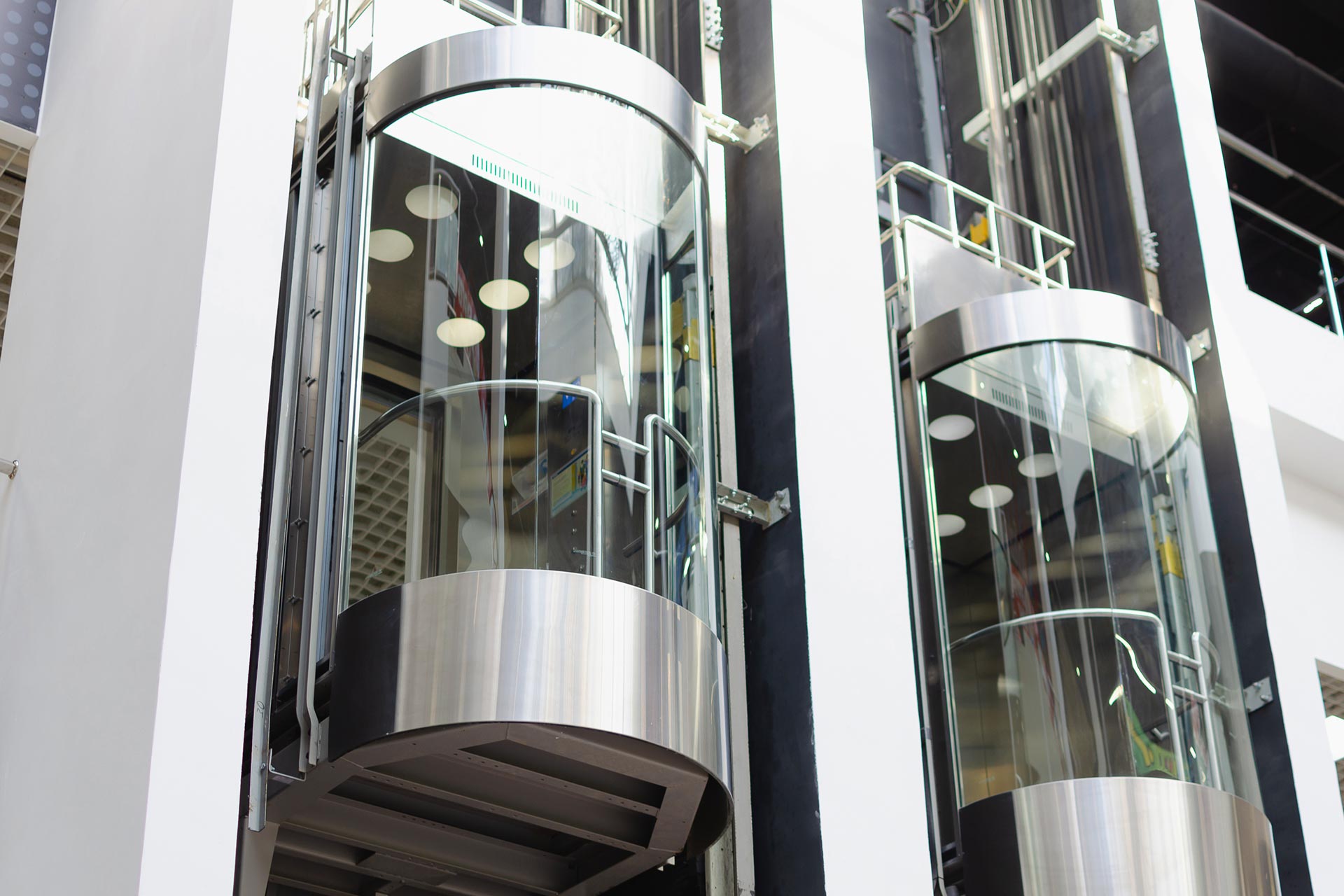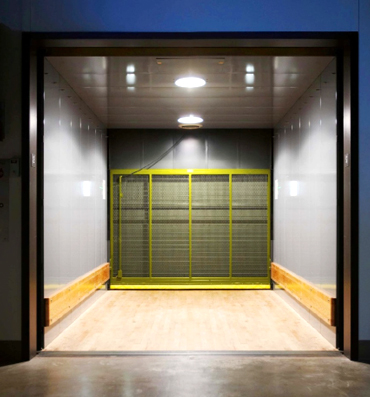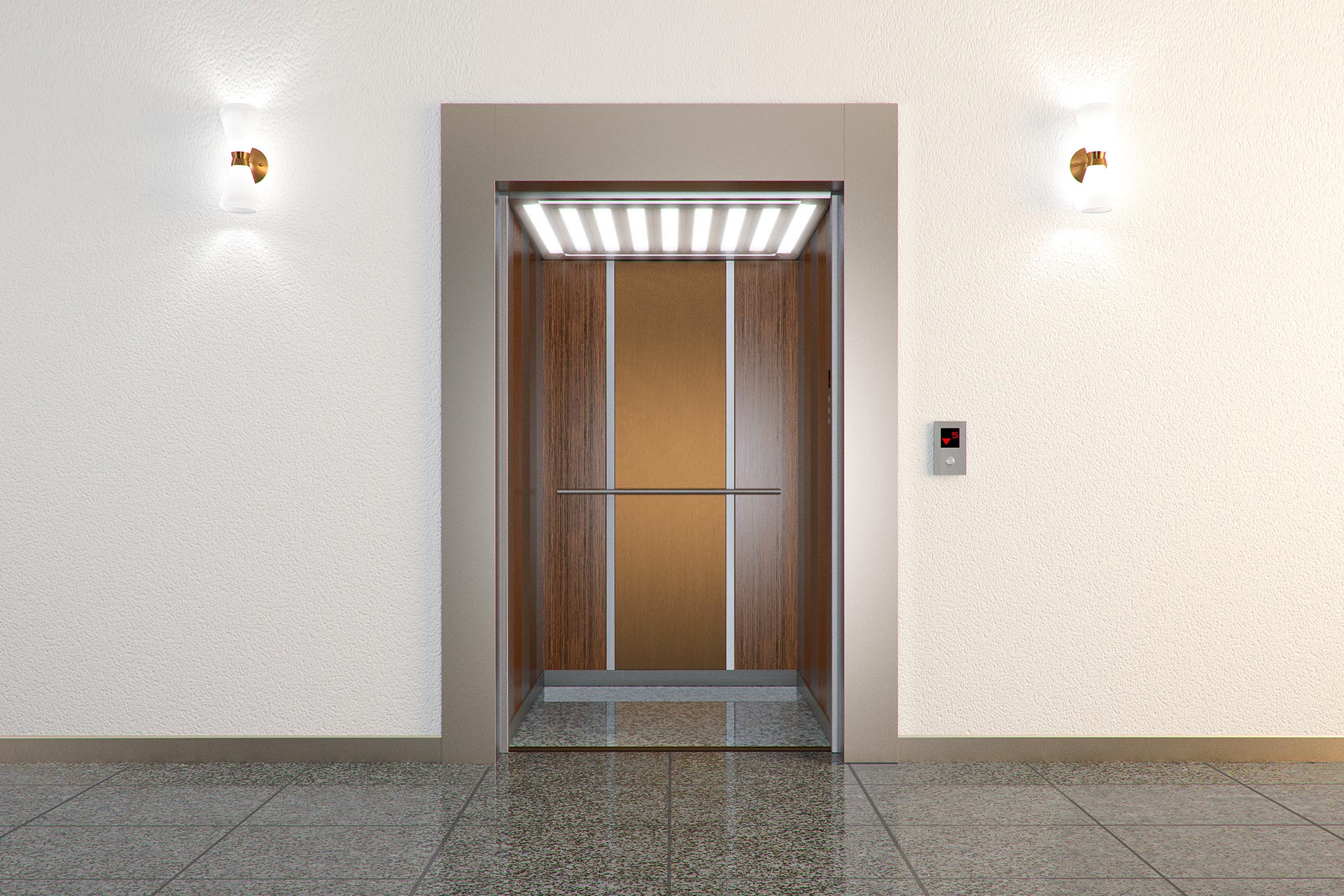Hospital Elevator
Manufacturers in Delhi NCR
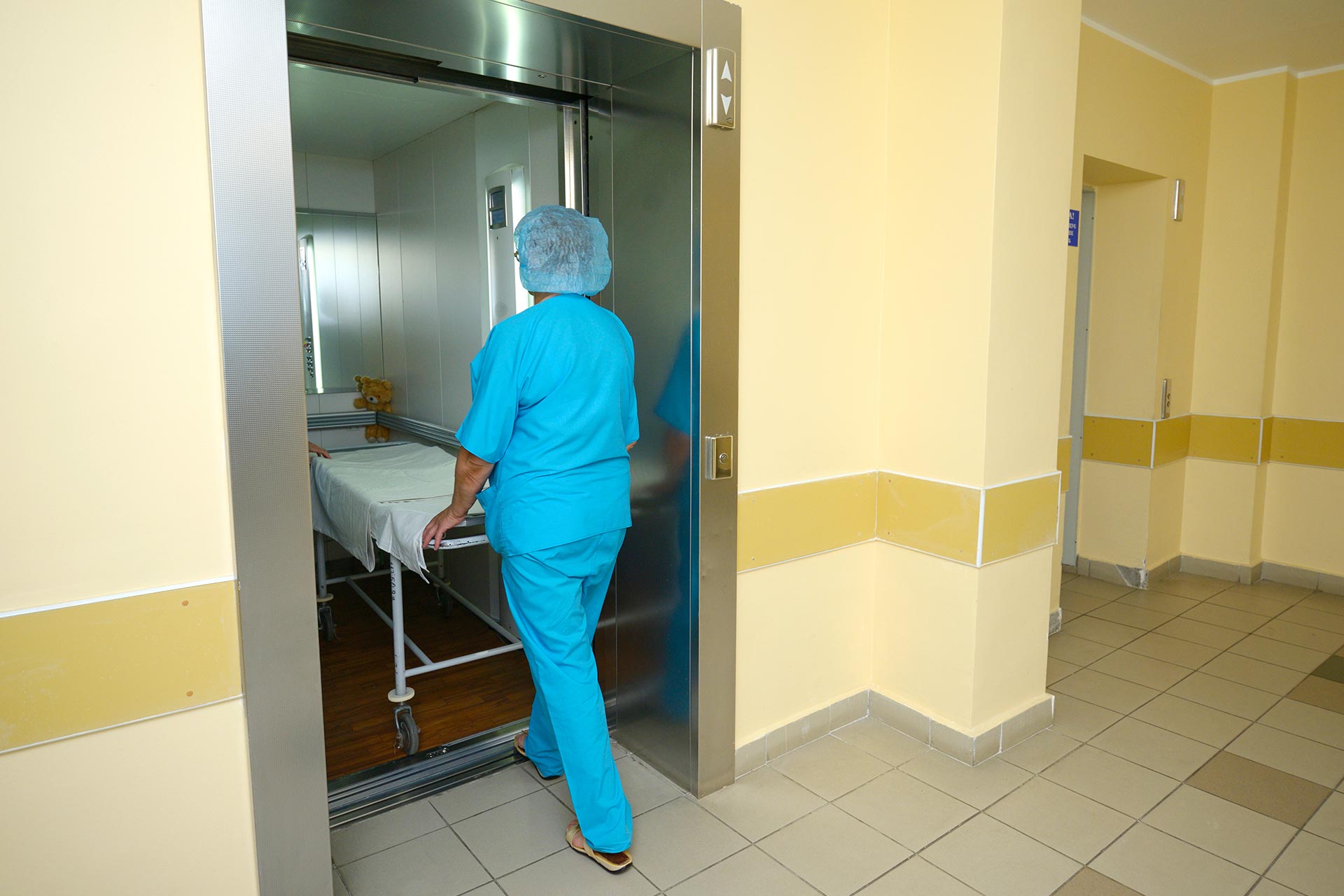
Hospitals are a place where we need to vertically transport patients on an urgent basis along with the life support system. In order to make transportation, treatment, and care faster, Hospital elevators need to fit stretchers, wheelchairs, and other medical equipment at the same time. Some models can even hold multiple patients at once.
In addition to this, the first and foremost feature that is very important in the hospital lift is the maximum space along with cleanliness. Hospital elevators are designed keeping hygiene in mind. The floors and walls of hospital elevators are made up of special materials that are bacteria repellant and easy to clean. These elevators are generally faster than traditional elevators used in other buildings, which results in reduced waiting time and improved patient flow. Hospital elevators are engineered to operate silently and smoothly, which creates a more soothing environment for patients and helps in reducing noise pollution. These elevators include an emergency power backup system that allows hospital staff to use them in the event of a power outage or any other emergency.
Hospital elevators are a crucial part of any hospital or healthcare facility. They provide a safe and efficient way to transport patients without compromising on their comfort. Hospital elevators have different specifications than traditional elevators. The cabin size of a hospital elevator is usually larger than the traditional elevators. It must be large enough to accommodate stretchers, wheelchairs, and other medical equipment. An ideal Hospital elevator should be 48 inches wide, 80 inches deep, and 80 inches high. However, this size depends from hospital to hospital. Some hospitals may require larger cabins to accommodate larger stretchers or other equipment. The door width of a hospital elevator must be wider than usual so that it can allow stretchers and wheelchairs to enter and exit quickly. The minimum door width for a hospital elevator is around 36 inches. However, some hospitals may require wider doors for larger stretchers or other equipment. Hospital elevators are usually faster than traditional elevators. The standard speed for a hospital elevator is 1,000 feet per minute. However, some hospitals may require faster elevators for transporting patients in case of an emergency from operating rooms or other critical areas. These lifts are operated by push buttons or a key fob. Some hospitals may also have voice-activated elevators for patients who are unable to use a push button or key fob. Hospital elevators house a number of safety features, including emergency override, overload protection and automatic leveling. Emergency override system allows hospital staff to use the elevator in the event of a power outage or any other emergency. Automatic leveling makes sure that the elevator platform is level with the floor. Overload protection automatically stops the elevator if it is overloaded. Hospital elevators like every other elevator, require regular maintenance to ensure that they are operating efficiently. This maintenance includes various steps like inspection, lubrication, and repair of the elevator's mechanical and electrical components.
Hospital elevators are an important part of any healthcare infrastructure. They provide a safe, efficient, and comfortable way to transport patients and medical equipment. Polo Elevators are the leading manufacturer of hospital elevators with best in class maintenance record and impeccable customer satisfaction. Polo Elevators manufacture Hospital Lifts which are used for simple transportation of a patient on a wheelchair or stretcher without disturbing his life support system along with doctors and nurses, smoothly, silently, and swiftly without any jerks and shocks.





